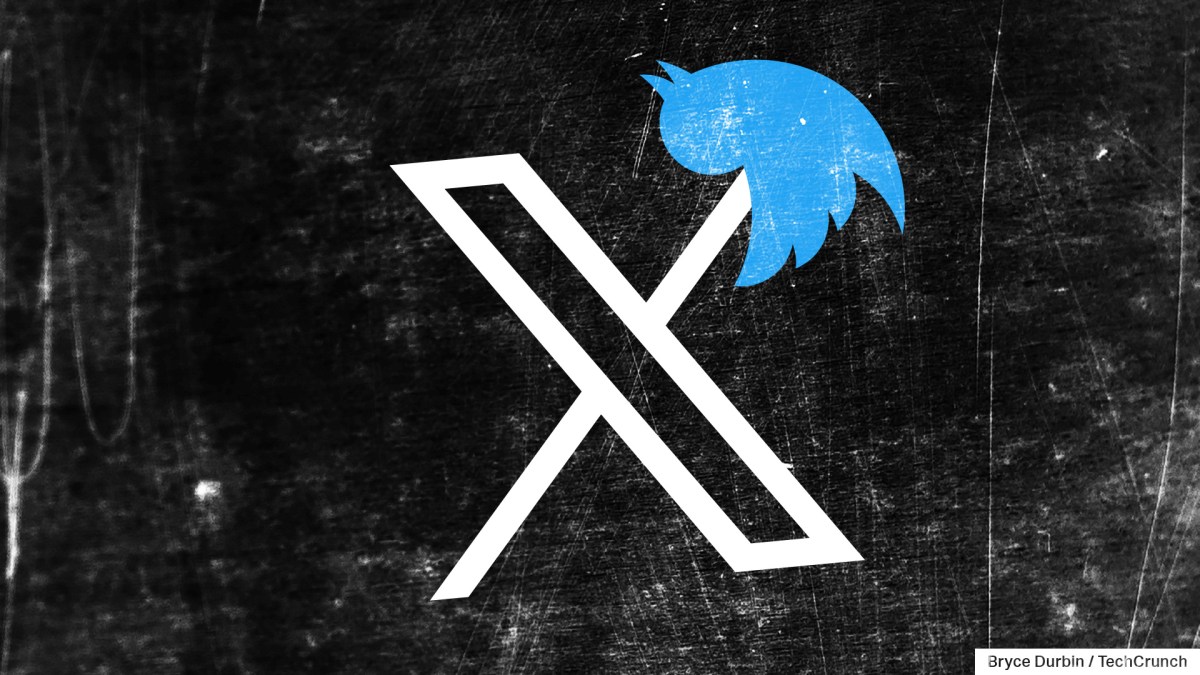Key Techniques in Forecasting Finance

In financial forecasting, comprehension of key techniques is fundamental for effective decision-making. You’ll find that quantitative methods, like Linear Regression Analysis, leverage historical data to predict future outcomes, whereas qualitative approaches, such as expert consultations, gather insights from industry professionals. By combining these methods, you can improve the accuracy of your predictions. Nonetheless, knowing how to implement these techniques effectively is vital. What specific strategies will you explore next to enhance your forecasting skills?
Key Takeaways

- Utilize quantitative methods like Simple Linear Regression and Percent of Sales to analyze historical data for accurate financial predictions.
- Incorporate qualitative approaches such as expert consultations and market research to enrich forecasting with industry insights and consumer behavior.
- Regularly update forecasts to reflect changing market conditions and ensure alignment with new data and trends.
- Implement a structured framework for forecasting that includes clear objectives, established assumptions, and consistent methodologies.
- Enhance data integration to improve decision-making processes and increase accuracy in financial forecasts by combining quantitative and qualitative insights.
What Is Financial Forecasting?

Financial forecasting is an important process that helps businesses predict their future financial performance by analyzing various factors, such as historical data, market trends, and broader economic conditions.
In forecasting in finance, you’ll often create projections for income statements, balance sheets, and cash flow statements, which are vital for informed business decisions.
Effective modeling and forecasting rely on both quantitative and qualitative methods. Quantitative methods utilize numerical data, whereas qualitative approaches lean on expert opinions and market research.
The accuracy of your forecasts hinges on the quality of input data and the chosen methods, requiring regular updates to adapt to changing circumstances.
The Importance of Financial Forecasting

Understanding the significance of financial forecasting can greatly improve your strategic decision-making.
Forecasting in business management allows you to anticipate future revenues, expenses, and cash flows, which is crucial for informed choices. By identifying potential risks and opportunities, you can make smarter investments and allocate resources effectively.
For instance, a well-structured forecast financial model in higher education helps institutions maintain financial stability by predicting enrollment trends and budgetary needs.
Regular financial forecasts enable you to respond to market shifts, ensuring competitiveness. Furthermore, thorough forecasts typically include pro forma statements—balance sheets, cash flow statements, and income statements—which offer clear insights into a company’s future financial position, attracting potential investors and enhancing overall performance projections.
Key Financial Forecasting Methods

In terms of predicting finance, selecting the right method is essential for accurate predictions and informed decision-making.
Financial forecasting methods fall into two main categories: quantitative and qualitative. Quantitative methods, like the Straight Line Method and Moving Averages, rely on historical data to predict future outcomes. For instance, Simple Linear Regression examines the relationship between one independent variable and a dependent variable, whereas Multiple Linear Regression uses several independent variables for more detailed forecasts.
Conversely, qualitative methods, such as the Delphi Method and market research, leverage expert opinions and consumer insights, making them ideal for startups or situations with limited historical data.
The choice of method should align with your data type and business context.
Quantitative Forecasting Techniques

When you consider quantitative forecasting techniques, two prominent methods stand out: the Percent of Sales method and Linear Regression Analysis.
The Percent of Sales method helps you project future financial metrics by applying a percentage to historical sales data, making it a straightforward approach for estimating performance.
Conversely, Linear Regression Analysis establishes a relationship between independent and dependent variables, allowing you to make predictions based on past trends, which can greatly improve your forecasting accuracy.
Percent of Sales Method
The Percent of Sales method stands out as a practical approach for businesses aiming to forecast future financial performance. By calculating line items as a percentage of projected sales, you can estimate revenues and expenses based on historical trends. This method assumes that past relationships between sales and financial metrics will remain stable, making it especially useful for companies with consistent sales patterns. It allows you to project variable costs and certain fixed costs directly tied to sales, simplifying the forecasting process. Moreover, this method helps maintain budgetary discipline and supports strategic decision-making.
| Financial Metric | Percent of Sales |
|---|---|
| Revenue | 100% |
| Variable Costs | 60% |
| Fixed Costs | 20% |
| Marketing Expenses | 10% |
| Profit Margin | 10% |
Linear Regression Analysis
Linear regression analysis serves as a potent tool for businesses looking to make data-driven financial forecasts. This statistical method models the relationship between a dependent variable, like revenue, and one or more independent variables, such as advertising spend.
In simple linear regression, you use one independent variable, whereas multiple linear regression allows for several variables, increasing forecast accuracy. You can evaluate the effectiveness of your model using the R-squared value, which shows how much variance in your dependent variable the independent variables explain.
Linear regression assumes a linear relationship, making it ideal for datasets where changes in independent variables lead to proportional changes in the dependent variable. By applying this analysis, you can accurately predict future financial outcomes based on historical trends.
Qualitative Forecasting Approaches
When you’re exploring qualitative forecasting approaches, expert consultation techniques and market research insights become essential tools.
These methods help you gather valuable opinions and understand consumer behavior, especially when historical data mightn’t be available.
Furthermore, scenario planning allows you to assess various future possibilities, enabling more informed strategic decisions in uncertain environments.
Expert Consultation Techniques
Utilizing expert consultation techniques, businesses can gain invaluable insights that improve their financial forecasting efforts. One prominent method is the Delphi Method, which involves gathering opinions from a panel of experts through multiple rounds of questionnaires. This structured approach aims to reach a consensus on future forecasts.
Furthermore, leveraging industry professionals’ knowledge can enrich quantitative data, offering insights into market trends that numbers alone might miss. Qualitative methods like focus groups and interviews are likewise crucial, helping you understand customer sentiments and preferences, key factors that can influence financial outcomes.
In volatile markets, these qualitative approaches allow for more adaptable financial planning, ensuring your forecasts remain relevant even when historical data may not provide a clear picture.
Market Research Insights
Market research insights serve as an essential qualitative forecasting approach that provides businesses with a deeper comprehension of consumer behavior, preferences, and emerging trends.
By employing this method, you can gather valuable information about your target audience through various techniques. Here are key elements to evaluate:
- Surveys that capture customer opinions and preferences
- Focus groups to explore in-depth perceptions and motivations
- Expert interviews that offer insights into industry dynamics
- Analysis of industry reports to identify trends and shifts
- Competitor performance reviews to benchmark and strategize effectively
Utilizing these insights helps businesses, especially startups without historical data, make informed predictions about future demand, guiding strategic decision-making and enhancing the accuracy of financial forecasts.
Scenario Planning Methods
Incorporating scenario planning methods into your qualitative forecasting toolkit allows you to anticipate a variety of potential future developments in the marketplace. This approach involves creating multiple, plausible future scenarios to explore “what-if” situations, which helps you prepare for differing economic conditions and competitive environments.
One effective technique is the Delphi Method, where a panel of experts shares insights and forecasts, promoting consensus on potential outcomes. By identifying risks and opportunities through scenario planning, you can develop flexible strategies that adapt to changing circumstances.
Integrating this method with quantitative data further strengthens your forecasts, enhancing decision-making processes and allowing your organization to navigate uncertainties more effectively.
Enhancing Your Forecasting Skills

Improving your forecasting skills is vital for making informed financial decisions that can greatly affect your organization’s success.
To improve these skills, consider the following techniques:
- Regularly review and adjust forecasts based on the latest market data and trends.
- Combine quantitative methods, like moving averages and regression analysis, with qualitative methods, such as market research.
- Engage in continuous learning in statistical analysis and financial modeling to stay adaptable.
- Critically analyze historical performance data to identify patterns that inform future predictions.
- Develop a structured framework for forecasting that includes clear objectives, assumptions, and methodologies.
Conclusion

In summary, mastering financial forecasting techniques is crucial for effective decision-making and strategic planning. By utilizing both quantitative methods, like linear regression and the Percent of Sales approach, alongside qualitative insights from experts, you can create a more accurate financial outlook. This combination not just improves your comprehension of potential market trends but additionally helps in mitigating risks. By refining these skills, you position yourself to make informed financial decisions that support long-term business success.
Image Via Envato
This article, "Key Techniques in Forecasting Finance" was first published on Small Business Trends
What's Your Reaction?
 Like
0
Like
0
 Dislike
0
Dislike
0
 Love
0
Love
0
 Funny
0
Funny
0
 Angry
0
Angry
0
 Sad
0
Sad
0
 Wow
0
Wow
0






























































































